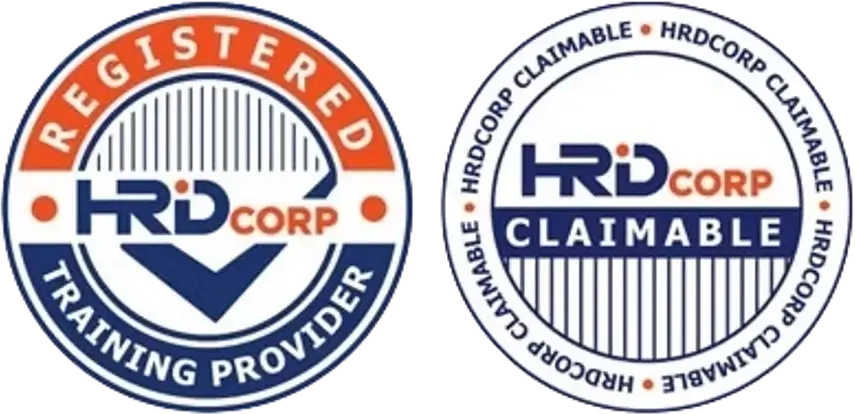How Do You Validate Cleaning Procedures in a GMP-Compliant Facility?
In a GMP-compliant facility, cleaning isn’t just a routine — it’s a critical control measure. Whether you’re handling food, supplements, or medical devices, validated cleaning procedures help prevent cross-contamination, protect product quality, and satisfy auditors.
Validation proves that your cleaning methods consistently meet safety and hygiene standards.
🎯 Why Is Cleaning Validation Important?
-
Demonstrates compliance with GMP regulations
-
Prevents cross-contamination of raw materials, allergens, and chemicals
-
Ensures product safety and quality
-
Required by auditors, regulators, and certification bodies
-
Supports customer confidence and brand reputation
✅ Key Steps to Validate Cleaning Procedures in a GMP Environment
1. Develop a Cleaning Validation Protocol
-
Define:
-
Purpose and scope of validation
-
Equipment or surfaces involved
-
Cleaning method (manual, CIP, foam, etc.)
-
-
Include acceptance criteria:
-
Microbial limits
-
Residue limits (chemical or allergen)
-
Visual cleanliness
-
2. Identify “Worst Case” Scenarios
-
Choose:
-
Most difficult-to-clean equipment
-
Most challenging product or ingredient
-
Highest risk for contamination
-
-
Validate under actual operating conditions
3. Perform Visual Inspection
-
Check for:
-
Stains
-
Product residues
-
Build-up in dead zones or corners
-
-
Should always be the first step in verification
4. Use Swab and Rinse Testing
-
Collect samples from:
-
Hard-to-clean areas
-
Direct product-contact surfaces
-
-
Test for:
-
ATP (for organic residue)
-
Microorganisms (e.g., TVC, yeast, mold)
-
Allergen or detergent residue
-
-
Compare results to established limits
5. Establish Acceptable Residue Limits
-
Set limits based on:
-
Risk of contamination
-
Product potency and toxicity
-
Regulatory guidance (e.g., FDA, EU, GMP Malaysia)
-
-
Must be documented and justified
6. Repeat Testing for Consistency
-
Conduct at least 3 successful runs under the same cleaning conditions
-
Results must meet all acceptance criteria
-
Confirms repeatability and reliability of procedure
📁 What Documents Should You Maintain?
-
Cleaning validation protocol
-
Swab and rinse test results
-
Visual inspection reports
-
Equipment cleaning SOPs
-
Calibration and maintenance logs
-
Final cleaning validation report (approved by QA)
⚠️ Common Mistakes in Cleaning Validation
-
Skipping validation for new or modified equipment
-
Using only visual checks without lab testing
-
Inconsistent sampling locations
-
Failing to challenge the “worst case” conditions
-
Poor documentation or missing sign-offs
🧠 Best Practices for Ongoing GMP Compliance
-
Perform revalidation if there’s:
-
A change in equipment
-
New cleaning agents or processes
-
Major product change
-
-
Include cleaning validation in your annual GMP audit checklist
-
Train cleaning staff on:
-
Proper cleaning technique
-
Sampling protocol
-
Documentation importance
-
🧩 Final Thoughts
Cleaning validation is not optional in a GMP-compliant facility. It’s your proof that equipment and surfaces are truly clean — not just “looking clean.”
Strong cleaning validation = safer products, fewer recalls, and better audit outcomes.
💼 Need help validating your GMP cleaning procedures?
CAYS Scientific provides expert support for food factories, manufacturers, and SMEs in Malaysia — including SOP development, swab test coordination, and full GMP compliance assistance.




